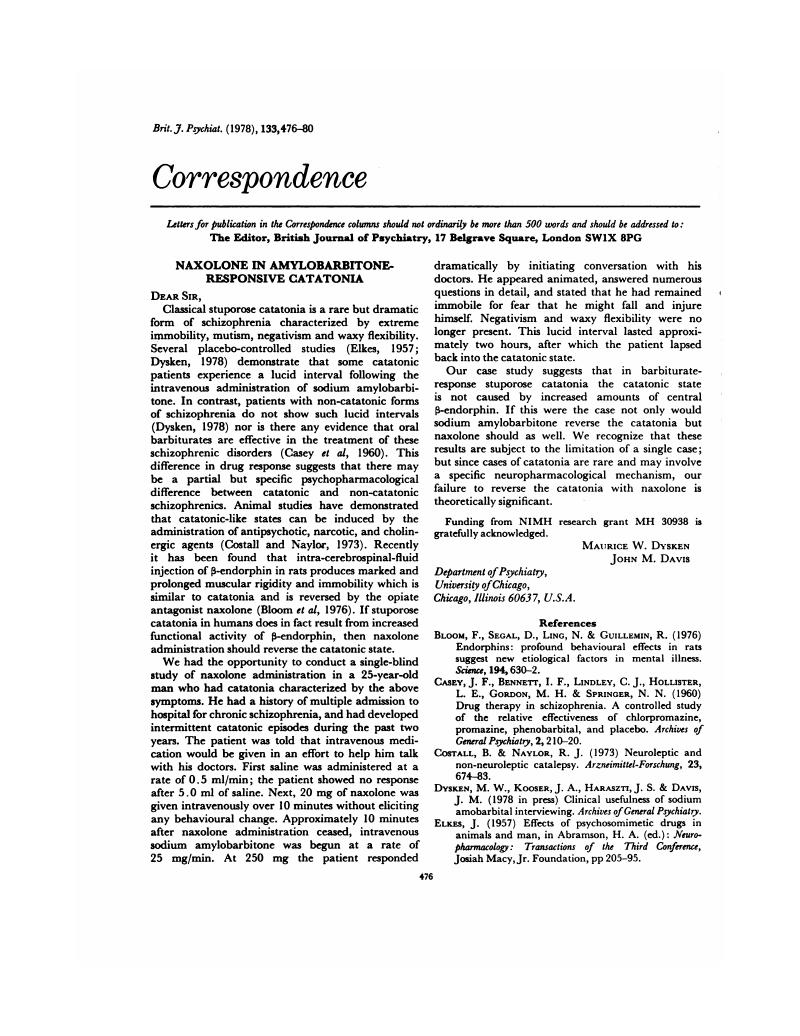Crossref Citations
This article has been cited by the following publications. This list is generated based on data provided by Crossref.
Janowsky, David S.
Judd, Lewis L.
Huey, Leighton Y.
Risch, Samuel Craig
and
Segal, David S.
1983.
Behavioral Effects of Opioid Receptor Antagonists in Psychopathologic States.
Psychiatric Clinics of North America,
Vol. 6,
Issue. 3,
p.
403.
Möller, H. J.
1989.
Katatone und dyskinetische Syndrome.
p.
157.
Möller, H.-J.
1993.
Therapie im Grenzgebiet von Psychiatrie und Neurologie.
p.
97.
Pechter, Bradley M.
and
Miller, Norman S.
1997.
Psychopharmacotherapy for addictive and comorbid disorders: Current studies.
Journal of Addictive Diseases,
Vol. 16,
Issue. 4,
p.
23.
Clark, Samuel D.
Van Snellenberg, Jared X.
Lawson, Jacqueline M.
and
Abi-Dargham, Anissa
2020.
Opioid antagonists are associated with a reduction in the symptoms of schizophrenia: a meta-analysis of controlled trials.
Neuropsychopharmacology,
Vol. 45,
Issue. 11,
p.
1860.
Kozlowska, Kasia
Scher, Stephen
Helgeland, Helene
and
Carrive, Pascal
2021.
Asylum-seeking children in shutdown: Neurobiological models.
Developmental Child Welfare,
Vol. 3,
Issue. 3,
p.
282.




eLetters
No eLetters have been published for this article.